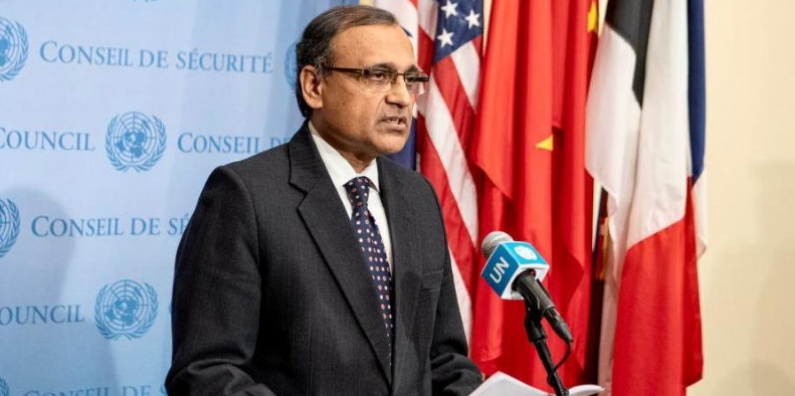Standardisation of products not against innovation, says Irdai Chairman

Standardisation of products is not against innovation, rather it will cater to the common needs of the customers, said Subhash Chandra Khuntia, chairman, Insurance Regulatory and Development Authority of India (Irdai), thereby allaying concerns expressed by some sections of the industry.
“We have come out with some standard products in the life and general insurance space. Some people feel that standardisation is against innovation, but let me tell you these standardised products are required to cater to the common needs of the customers”, he said, speaking at the National Insurance Academy Swiss Re Seminar.
He further said that these standard products will not be frozen in time. “We will keep on innovating these products from time to time to incorporate the new requirements. These standardised products will create a benchmark in the industry such that the industry can be proded to go for products that are better than the standard products,” he said.
For some time now, the Irdai has been coming out with various standard products, both in the life and general insurance space. So far, the Irdai has launched a standard health product named “Arogya Sanjeevani”, two Covid-19 specific standard products — Corona Kavach and Corona Rakshak, a standard term product named “Saral Jeevan Bima”, a standard vector-borne disease health policy, a standard annuity product “Saral Pension”, a standard personal accident cover “Saral Suraksha Bima”, and three standard products for covering the risk of fire and allied perils — Bharat Griha Raksha, Bharat Sookshma Udyam Suraksha, and Bharat Laghu Udyam Suraksha.
The purpose behind bringing in such standard products is to increase the protection quotient in each segment.
India is a hugely under-insured country, where only 19 per cent of lives are insured. In the case of vehicles, although third-party insurance is mandatory, only 79 per cent of four-wheelers are covered and 66 per cent of four-wheelers are insured for own-damage only. For two-wheelers, it is much worse, as only 36 per cent of vehicles are insured under the third party and 39 per cent are covered for their own damage.
In the health sector, some 36 per cent of people are insured. However, of these, three–fourths are insured by government schemes and the remaining 3.2 per cent have individual health plans. An additional 5.4 per cent have group health plans. So, almost 62 per cent of the total health expenditure is out-of-pocket. Furthermore, only 0.9 per cent of houses are insured whereas, in the US, more than 90 per cent of dwelling units enjoy cover. In the MSME sector, only 5 per cent of the units are insured in the country. This sector needs a much higher level of protection.
The IRDAI chairman also said, “Despite difficult economic conditions, the insurance industry has been resilient to the extent that we have positive growth above 5 per cent as of now. And, I am hopeful that this will improve further”.
Taking into account the improving growth scenario in the insurance industry, Irdai decided to withdraw an April 2020 circular, which asked insurance companies to refrain from paying dividends from FY20 profits. The insurers can now declare dividends for the current financial year.
Khuntia said, the insurance industry has been able to respond to unforeseen risks and it has come out with new products and new features in the existing products. Also, the claim settlement has been fast.
He also emphasised the need to integrate technology in the insurance space to better customer experience. “Now, claim processing can be easily done through Artificial Intelligence, customer engagement can be done through chatbots and algorithm-based technologies and blockchain can be employed in the insurance industry. Internet of Things (IoT) can transform the insurance industry. In fact, risk estimation can be aided by IoT.”
Speaking about the regulatory sandbox structure, Khuntia said, “We have come up with a regulatory sandbox to allow the insurance companies to experiment, bring out innovative products, and innovative services. In the first cohort, we got 173 proposals, out of which 67 were cleared. In the second cohort, we have got 185 proposals. So, there is a lot of interest in coming up with innovative products”.






